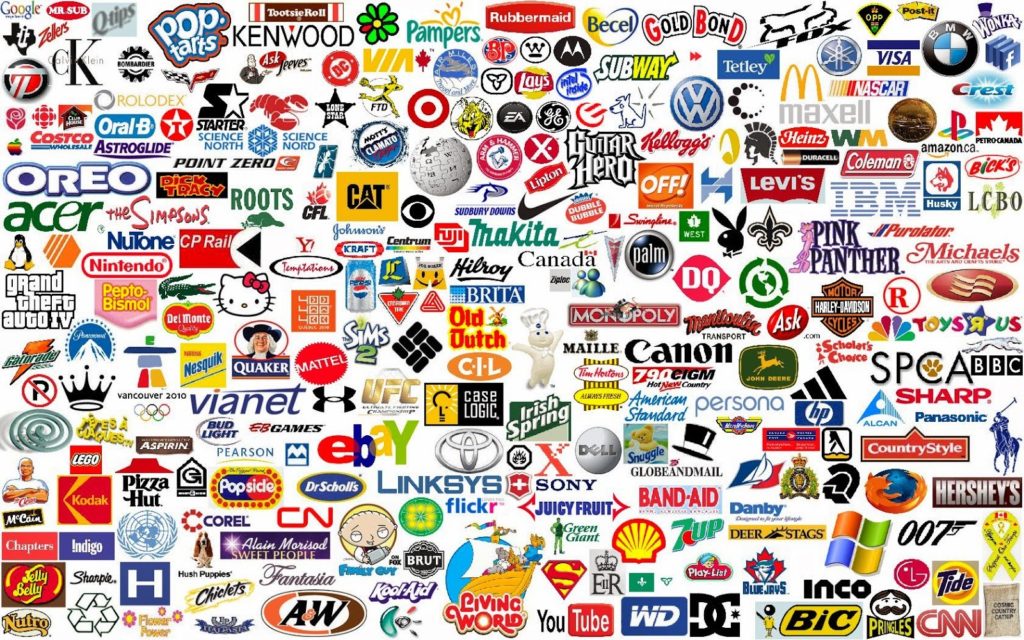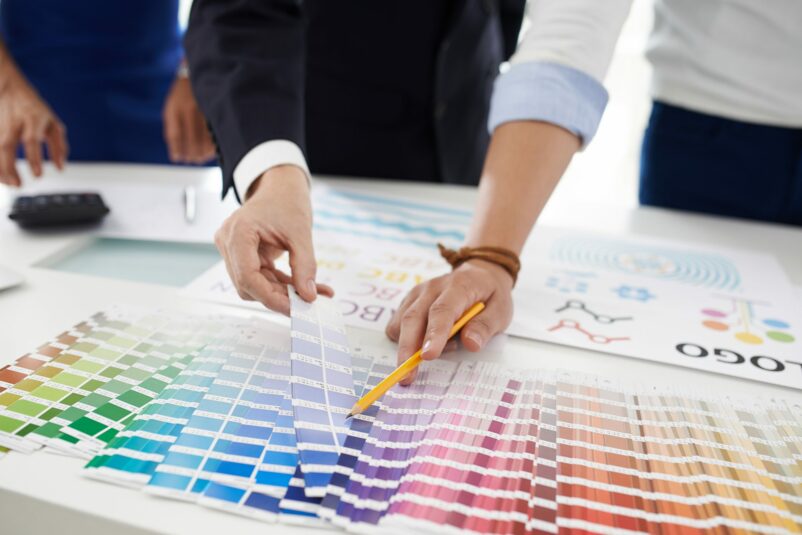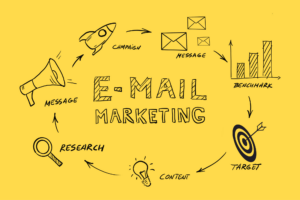Have you ever played that fun mobile game Logo Quiz where you see a business logo and have to name the company? For some of the logos, like McDonald’s, Facebook, Twitter, and Apple, it is super easy to get the answer right. But for others, while you know you’ve seen the logo before, you just cannot place the company it belongs to. This fun little game is proof of how vitally important a logo is to your business – regardless of the size of business you have.
How to Design a Wonderful Business Logo
A logo is your first step in creating your brand. It will be your ultimate brand identifier. Think about it: you pass a store and recognize the brand immediately because of its logo. A quick glance at a billboard on the highway or an online advertisement on the side of your computer screen prompts similar brand recall. That is the power of a successful business logo. It tells your customers, “Hey this is me. This is what I have to offer”.
Beyond being an identifier, a business logo:
- Trademarks every aspect of your business, from promotion to packaging
- Is often the first impression you make with your customers
- Determines the inherent values customers associate with your business. For instance, the Apple logo, like its products, is clean and elegant.
- Helps promote brand loyalty.
According to a 2012 survey by 99designs.com of 1500 business owners, 90 percent of growing businesses expect the design of their logos, websites, and other marketing materials, to have a significant bearing on their success over the next five years. However, building an iconic logo that is recognizable by customers could take considerable time and a big marketing budget, both of which a growing business is short on. So where do you start?
Designing a Logo That Truly Represents Your Business
The first step to building a successful business logo is the logo-design. Here are 5 tips for creating a logo that truly represents your company:
1. Define Your Brand
Defining what your brand represents is important for shaping your overall branding strategy. Before starting the logo design, ensure that you have answers to the following questions:
- What does your brand represent? (Does it represent affordability or exclusivity?)
- What personality does your brand have? (Is it serious or fun?)
- Who is your target audience (Do you want to appeal to teenagers or professionals?)? Don’t try to appeal to everyone. Focus on a niche market for your product/service.
2. Choose the Right Type of Logo
A business logo can be font-based (L’Oreal, Dell, and Mcdonalds), graphic-symbol based (Apple and Nike), or represent what the business does (for instance wedding bells for a wedding planning service). The best logo for a growing company is one that immediately conveys what it does or what core benefit it offers.
3. Choose the Right Color
The color of your logo has several implications. According to research by web design and marketing company WebPageFX, the visual appearance of a product, including the color, greatly influence a consumer’s purchase decision.
However, while using multiple colors makes the logo attractive, it can add significantly to your advertising costs (signage, advertising, stationery, delivery vehicles, and packaging). Keep the variation in your business logo to a maximum of two or three colors. This interesting infographic from WebPageFX shares the psychology of color and can be very useful when deciding on colors for your logo.

4. Evaluate Competition But Be Unique
Look at the logos of other companies in the business, especially those targeting the same customer segment. What type of logos are they using? The biggest mistake you can make is to design a logo that looks similar to another company. Design a logo that is interesting, fresh, and will impress your target demographic.
5. Test the Logo
What looks good to you may have a different impact on the intended audience. Once the logo is designed, test its impact on a sample base of customers, or seek feedback from people not involved in the design process. When we were creating the new logo for VirTasktic, we had three design samples to choose from and our internal team was split. So we asked all of our Facebook friends to chime in and tell us which one they thought represented us as a company. Their response was almost opposite of what we thought…and it totally worked for us!
5 Mistakes to Avoid When Designing Your Business Logo
Designing a new business logo or revamping an existing logo can be a tedious process that involves a lot of second guessing. To help, we’ve compiled a list of five mistakes that we’ve seen many small businesses make that led to total failure.
1. Designing a Logo That Looks Amateur
It is tempting to save money by designing the logo yourself or hiring a company that does cheap logos. However, a logo forms the first impression for your company and it needs to be a professional one. While design firms can be extremely expensive for a logo design, there are more affordable professional designing services available. Our team works with many small businesses on creating business logos and event logos and we do our best to work within your budget. If we can’t, we try to direct you to someone who can!
2. Designing a Logo Based on Current Trends
A trendy logo may soon be out of style. Choose a logo that can represent your company for the next 10-20 years.
3. Using Stock Images or Clipart
Your logo should set you apart from every other business. Using stock images and clip art does not offer you that uniqueness.
4. Using the Incorrect Font for Branding
Using an incorrect font can reduce the impact of a well-designed logo. Choose a font that conveys the same professionalism as your logo and is EASY TO READ! There is nothing worse than posting a logo that is illegible. This MegaFlicks sign is the PERFECT example!

5. Overcomplicating the Logo
Your logo will be included in every aspect of your business. It should look just as good when reduced in size or enlarged. Highly detailed and colorful designs don’t scale well in black and white, or when reduced in size.
Ready to design your business logo? Just keep these logo design tips in mind (and more importantly the mistakes!) to ensure that your business logo is unique and conveys the right positive attributes about your company. Afterall, a great logo can do great things to grow both your business and your brand, where a bad one can do some damage!








